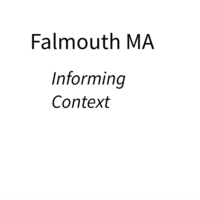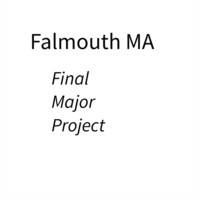In addition to the video piece, I decided to include audio in the exhibition in the form of a morse code version based on the letter that formally triggered Article 50. Unlike the video, I did not want it to be a continuous loop instead I wanted it to be spectator triggered. The trigger device would be a Morse Key that would start the morse code transmission.
Similar to the video piece a Raspberry Pi micro computer was selected as the brain of the piece. In this case, I needed to have an interface module to detect the Morse Key being depressed.
After conducting some research on the internet I found a design for the hardware and an associate code segment using the Pi’s GPIO module.
I built up the module and ran a few tests which showed that the breadboard module was fragile and it did not trigger the audio consistently.
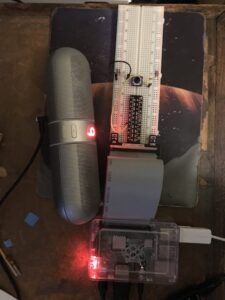
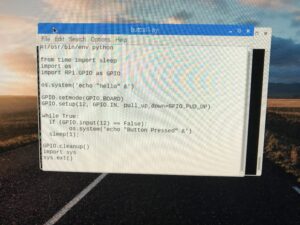
Based on my own production values and with a weather eye to future installations where the piece might be left unattended for long periods of time I decided to search for a more robust solution.
A second internet search identified a company sf-innovations who make interface modules for the Raspberry Pi used under the banner Custard Pi. I order the 8 digital I/O module. This module mounts directly on the Raspberry Pi resulting in a more robust installation.
The following day the module arrived so time to install write a new script and test the new rig. The tests resulted in a much more stable solution where the Morse Key successfully triggered the test audio file.
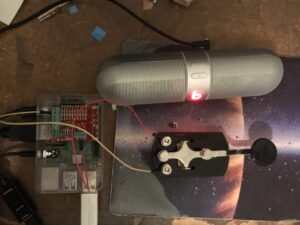
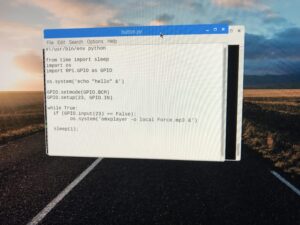
The next steps are to procure some authentic 2 core cable to connect the Morse Key to the Raspberry Pi. Source a box to install the microcomputer, speaker, power supplies, and adapter cables.

